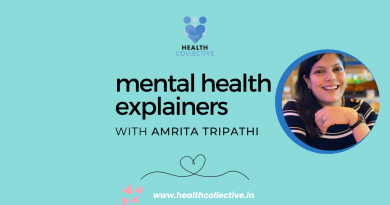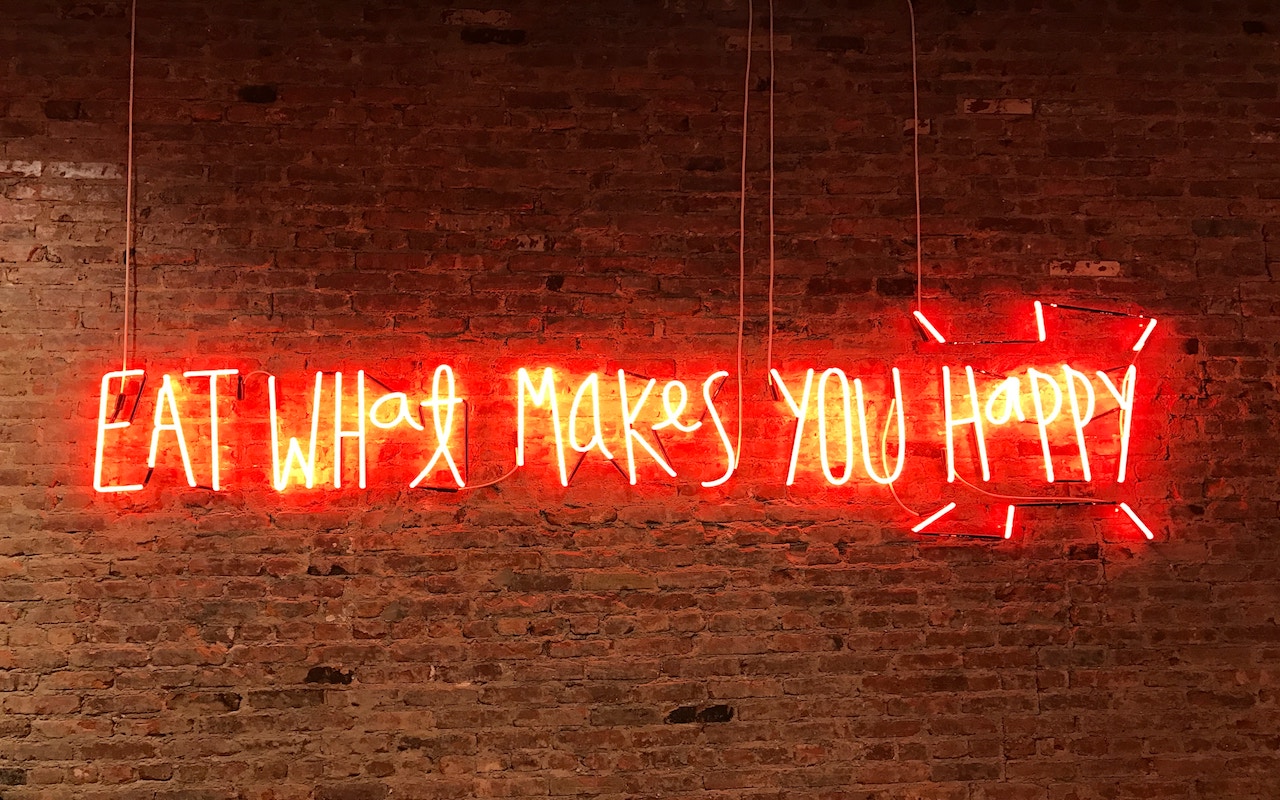‘Lost Voices’ & the Bigger Picture of Abuse and Trauma
By Ratna Golaknath
I have worked as a therapist/ counsellor for nearly the last fifteen years. While my life continues to be closely linked with providing support and care to people, I no longer practise chamber room therapy. One among the many reasons for stepping away from therapy was the realisation of the many “lost voices” that never actually reach a chamber room.
There are many documented and undocumented reasons for this, including inaccessible services, lack of information, lack of trained professionals, stigma, fear and isolation of the vulnerable person. However, after stepping away and with the advantage of distance I can hazard a risk that services themselves leave out some groups (unintentionally).
For More Information on where to get help for Child Sexual Abuse in India, please check here
One of the issues I have been closely involved with has been working on issues of sexual abuse and trauma. And while we are vehemently conscious and aware that young men and boys face the same issues of abuse as do women, our services are driven by a gender lens. All children are at risk, all people are at risk and yet we suffer the overarching bias that will continue to portray a feminised victim and masculinised oppressor. Of course, the context and our own experience of powerlessness and abuse colour our vision, yet the bias exists even if cloaked in appropriate informed jargon.
A few weeks ago, a conversation with a friend brought this concern back to me. For where are the men in therapeutic services and recovery from abuse? To be honest, in my few years of therapy I can count on one hand the male clients who talked about their own experiences of abuse. Of the handful, perhaps only two were able to talk of it directly.
Most of my work was with men as perpetrators of abuse and on containing the violence in relationships. The numbers don’t match, considering the national (much contested) figures suggest 50 percent of all children face abuse and more boys than girls face abuse. This has led to a range of workshops that were designed around issues of masculinity and more nuanced understandings of abuse, however, these interventions have not gathered the same momentum as the women’s movement.
Over the years I have heard painful and horrific accounts of abuse, violence and unimaginable situations of hurt from girls and women I have worked with. I have worked through struggles of survival and supported survivors on their journeys of recovery. However, it is my obligation to speak up for the voices I never heard and for whom the struggles are lonely and silent. It is an obligation every one needs to bear — to the voices that are silent, a duty to all children and all people who are unreachable.
Despite the research that suggests that men and boys are just as much at risk of violence and abuse, our services do not reflect the same. Boys and men are absent in most dialogues about inter-personal abuse, sexual abuse and even human trafficking. There can be no denying that the abuse and trauma of boys and young men is under-reported and minimised and therefore under-resolved and under-addressed.
If we need to draw a light to our understanding of male trauma and recovery we need to start by an acknowledgment of the abuse and violence that young boys and men face. The recognition that all abuse has an impact on the way we think, feel and act. We need to recognise that not every abused man turns abuser and not every male is entitled and empowered by his biological gender.
Coming up Next: Myths and Facts about Child Abuse


About the Author:
Ratna Golaknath is a trained cognitive behaviour therapist, who has spent about a decade and a half working with Saarthak in the field of mental health in India.
Views expressed are personal






Pingback: Ten Myths About Child Abuse and Boys